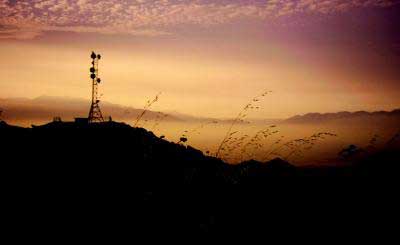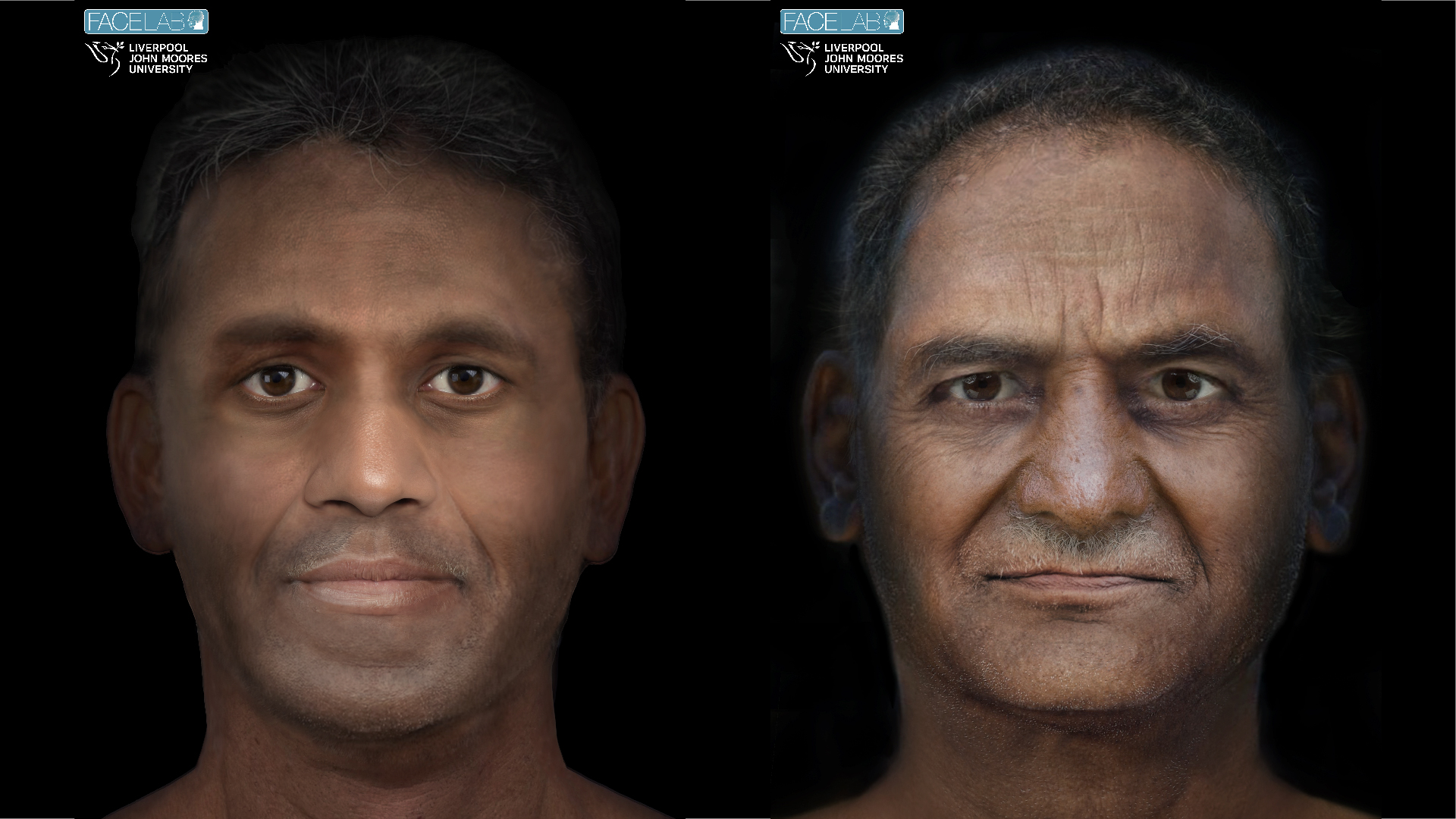Californians Could Use Cell Phones to Track Air Pollution

SAN FRANCISCO – Rather than using cell phones to just snap photos of friends or the occasional celebrity sighting, phone users in California may get the chance to track levels of harmful black soot near their workplaces and homes.
Tech entrepreneurs created a simple circular filter that darkens over time as it absorbs black soot. Anyone with a basic cell phone camera can take a picture of the filter next to a calibration chart that reflects different black soot pollution levels – no smartphone required.
"We don't need a fancy app for this, because we just need to be able to e-mail it or SMS it to our system," said Martin Lukac, a cofounder of the nonprofit Nexleaf Analytics.
Sending the photo via e-mail or text to an online database allows the cell-phone user to get back info about black soot concentration. The power of that information is that it reflects the individual person's exposure to air pollution.
Nexleaf's work was presented this month by Nithya Ramanathan, another cofounder, during a press conference held at the fall meeting of the American Geophysical Union.
The focus on black soot, also known as black carbon, goes far beyond its complex role in climate change. Soot's ability to cause serious breathing and lung problems over time has made it responsible for about 1.5 million deaths each year, according to the World Health Organization.
If Nexleaf can get the funding, a select starting group of Californians could track local black soot levels wherever they go during a normal day – local bus stops, community centers, or schools and playgrounds.
Get the world’s most fascinating discoveries delivered straight to your inbox.
The nonprofit could also create apps for iPhone or Android users, Lukac told LiveScience. But Nexleaf intentionally began with the low-tech solution for the sake of cell-phone users in developing countries.
Regular cooking stoves and other burners of biomass create much of the black soot in developing countries such as India. By contrast, diesel engines in vehicles such as trucks and buses represent the main black soot culprits in California and the United States – even if two decades' worth of California clean air law has reduced black soot in the state.
Nexleaf's filters have already deployed to India. There they helped a U.N.-supported effort called Project Surya monitor the black soot levels from cleaner-burning cooking stoves that were distributed to 500 households. Early success has led the project to push for expansion to 10,000 households.
The darkening Nexleaf filters also gave a clear warning sign to Indian women about the health hazards of their regular cooking stoves, according to Veerabhadran Ramanathan, founder of Project Surya and director of the Center for Atmospheric Sciences at the University of California, San Diego.
"When they saw the junk they were inhaling, they were all clamoring for our [cleaner-burning] cooking stoves," Ramanathan said during the press conference.
- Top 10 Emerging Environmental Technologies
- Black Soot May Be Main Culprit of Melting Himalayas
- Earth in the Balance: 7 Crucial Tipping Points
You can follow LiveScience Senior Writer Jeremy Hsu on Twitter @ScienceHsu.

